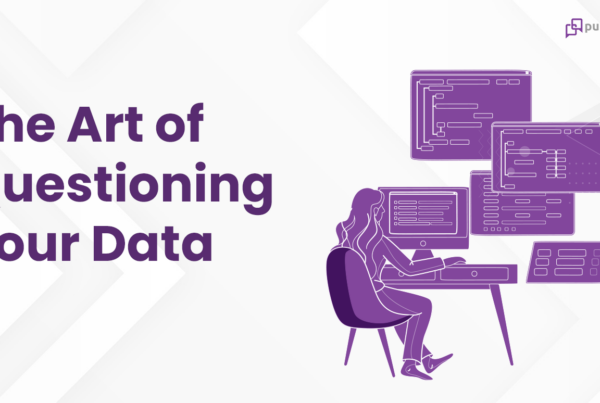
What makes the perfect synergy between Conversational Al and the Insurance industry?
Read on to find out how conversation and Insurance can be woven together to form a beautiful tapestry where empathetic hyper contextual technology powered interactions drive insurance sales.
Some context, before we get into the problem and the solution.
Humans love to talk and nudge others, and messaging has reached its critical mass as the Number 1 digital activity on the planet along with the exponential growth in Smart Phones as one of the primary vehicles to consume services. A recent Comscore report says that users spend 80 percent of their time primarily in only three apps. With multiple messaging platforms topping the app charts, riding on the mobile moments of these apps is an amazing alternative to get over the branded app blues – the relatively less patronage of any enterprise apps by the consumers.
On the other side, understanding Insurance products, their coverage, benefits, and getting timely answers are some of the challenges for the customer, especially at stressful times when they need the Insurance provider the most.
Whether your customers want to get instant answers to your Insurance products or their Claims or to modify their coverage, they have questions that need answers, 24×7. Ask any Insurance agent, a significant portion of their time is spent on answering phone calls with their customers or the insurance company’s back office, in addition to the traditional channels like Emails.
But, both the Phone Call and Email modes of communication do very little to inspire the modern digital native customers. As much as annoying with the spate of SPAM calls and emails, they lack the personal touch and are highly intrusive. In addition, offering the services on these traditional communication channels still requires heavy human involvement and is not cost-effective for a modern digital enterprise that is looking for ways to optimize costs with the application of Al and other related technologies.
Thanks to the rise in WhatsApp, it has quietly taken over SMS as the preferred medium of messaging in countries like India. What the small business owners had used as an informal medium of communication with their customers, WhatsApp Business is helping the Small and Medium Enterprises (SMEs) as a formalized way to engage with their customers to sell their products and services.
Also, Insurance is an industry that is getting transformed with new business models like behavioral policy pricing, bite-sized insurance components, and a state of hyper-personalization with the insurance products curated for every individual’s needs.
So, what are the requirements or the business problems?
From a Customer, especially the digital-native millennials, perspective, they want the least intrusive, always-on, mode of communication as well as services that are hyper personalized to their needs in a preferred medium of their time – messaging apps.
For the Agents, they would like to be assisted by technology to improve their sales, provide better service and improve their productivity. Improved ways to reach their customers in the social messaging platforms, serve them in their moment of crisis with timely assistance, a policy recommender that can assist their Sale process with the right product as well as the right Coverage amount, and a truly digital process that is augmented with vision-based cognitive services to speed up the data entry in various forms.
For the larger organization, it is the need to stay competitive with innovation, grow their business in newer markets, especially with the digitally native millennials, and optimize their costs, aided by the modern digital technologies.
A chatbot-assisted customer support organization can offload X% of their common customer queries to a smart assistant that is available 24×7, provide responses in multi-lingual, especially in countries like India, and has the option to escalate to humans when needed.
Businesses like Insurance are nothing more than a series of conversations between the Customers, Intermediaries, and the Enterprise. Most of which can be broadly classified under these use cases:
- Lead Generation
- Lead Qualification
- Product Recommendation
- Scheduling Appointments
- Purchase / Renewals
- Document Submission Reminders / Nudges
- Empathy / Caring during medical emergencies
- Policy Servicing
In summary, leverage Conversational Al related technologies to
- Empower your agents to increase sales, better serve your customers with personalized service, and improve productivity.
- Delight your customers with personalized information and services on demand in an omnichannel interface that goes beyond the traditional website and mobile app into their popular messaging channel and smart speakers.
- Improve operational efficiencies and reduce costs by offloading customer support to virtual agents, having intelligent conversations at scale, and leveraging humans for higher value-added services.
All resulting in extremely positive bottomline gains and user experience.




